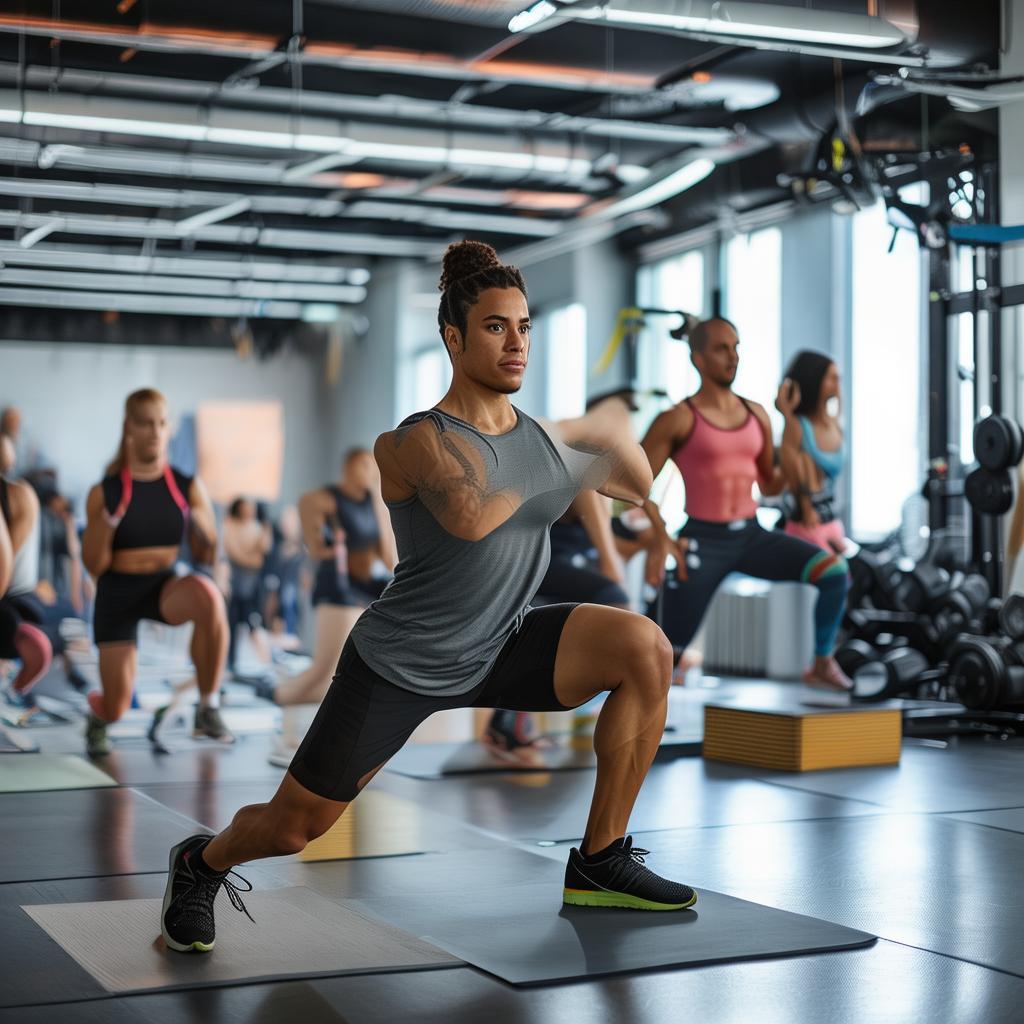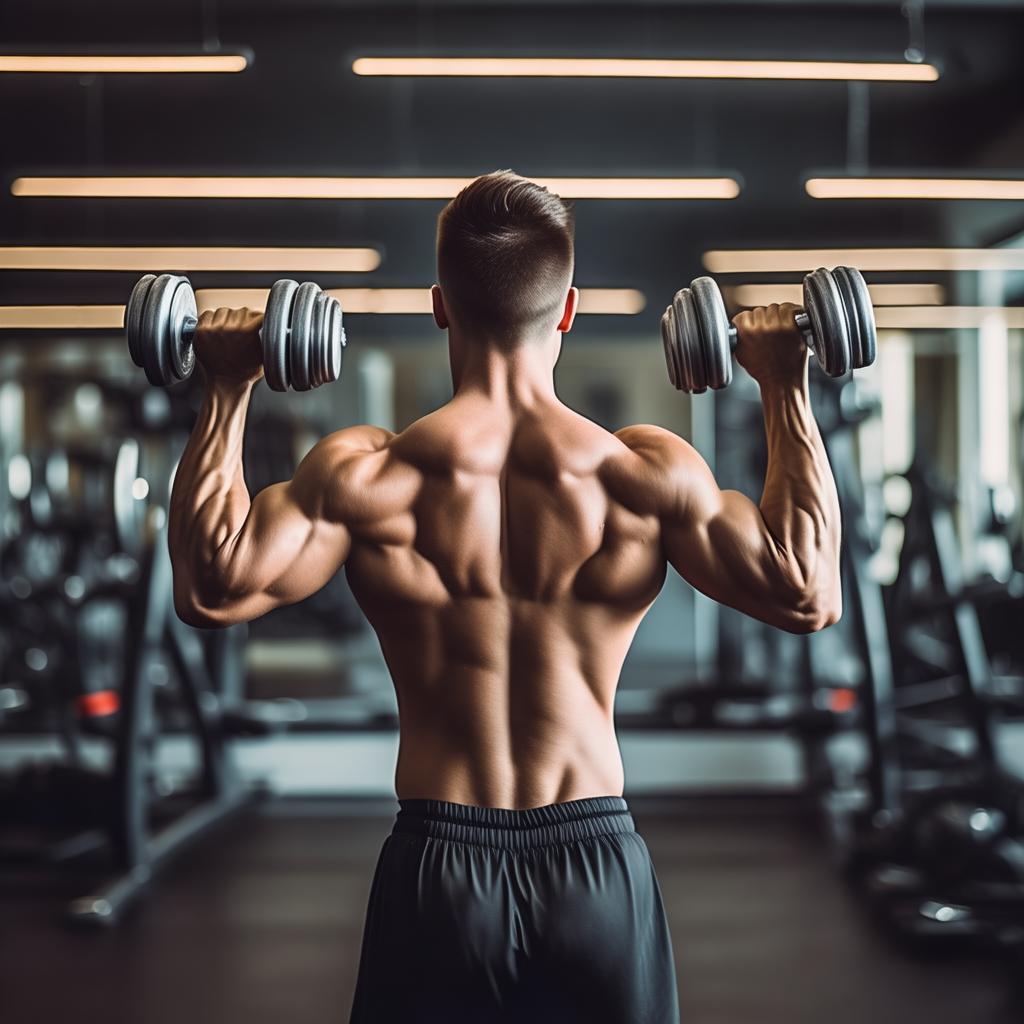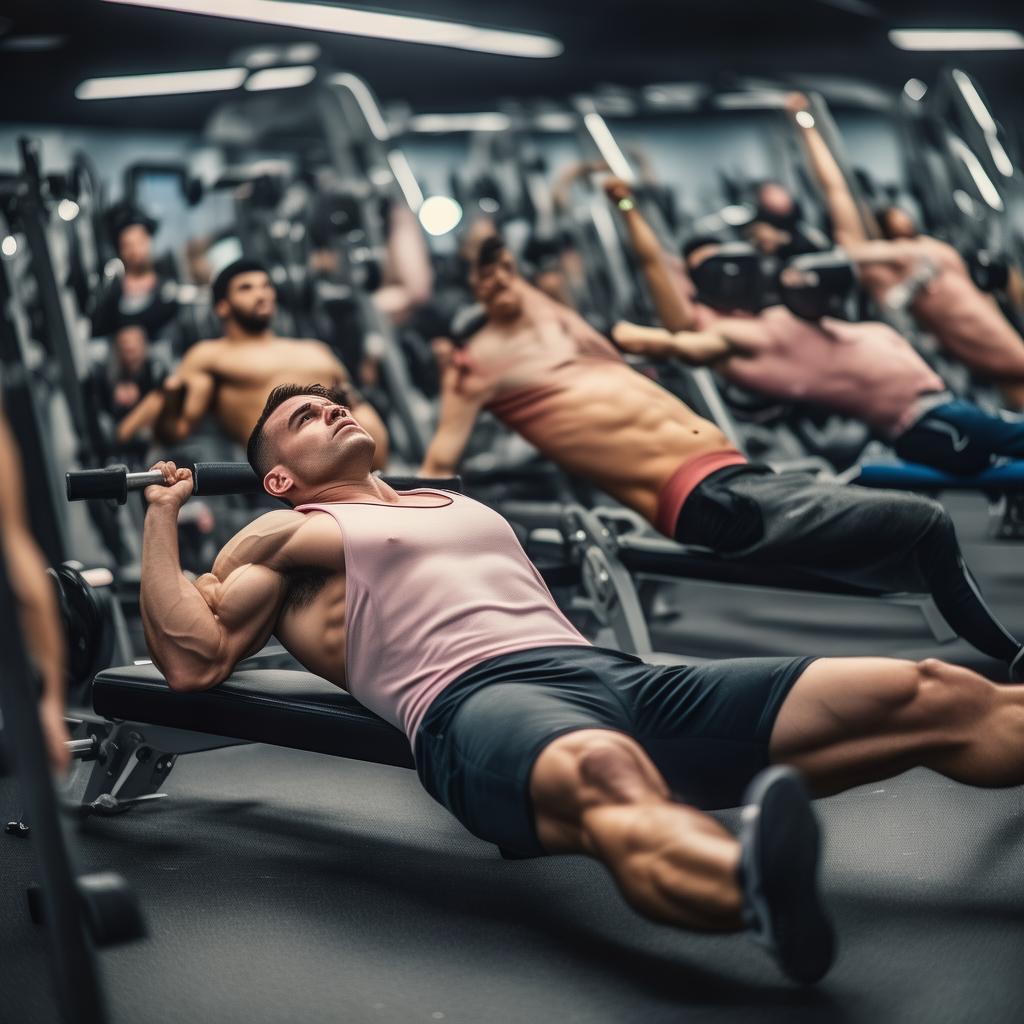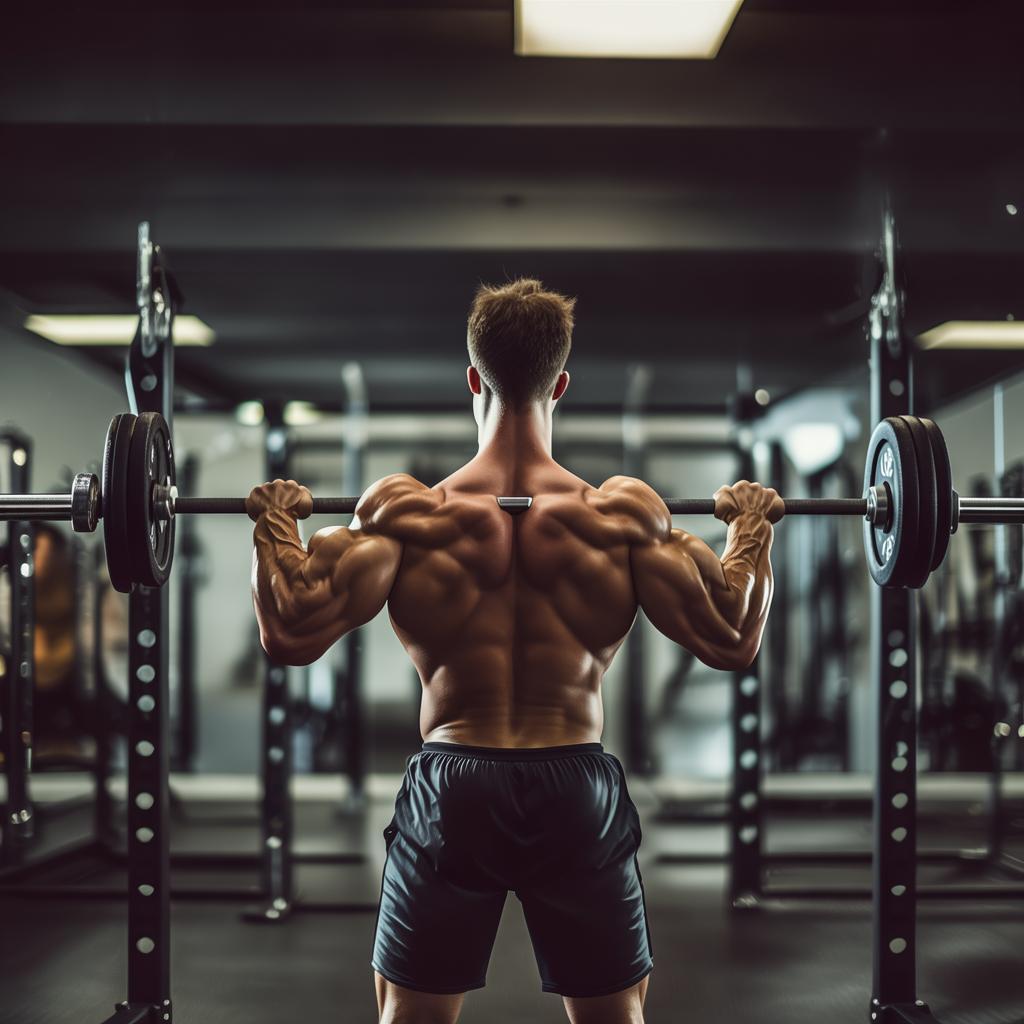Introduction: The Myth of Squats for Fuller Legs
When it comes to building impressive, well – rounded legs, the common perception often revolves around squats. However, are squats truly the only way to achieve those enviable, fuller legs? While oversized squats and hard pulls can draw attention in the gym, relying solely on these two movements may not yield the best results.
The Significance of Comprehensive Leg Training
To bid farewell to “straw legs” permanently, a deep understanding of training the quadriceps and hamstrings is essential. Hip and leg training is a vast topic with numerous aspects to explore. Squats and hard pulls are indeed effective compound movements for working the glutes and legs, but they have their limitations.
Squats and Hard Pulls: The Basics and Beyond
Squats and hard pulls are relatively less – demanding compound exercises for the lower body. Sometimes, performing them with higher reps can be beneficial as it subjects the spine to high – intensity loading stress, which is good for the nervous system and requires the whole body to work within an appropriate rep range. The quadriceps respond well to higher reps, generating more lactic acid, so additional leg curls or leg raises may not be necessary in large quantities. Three such movements per workout, each with high reps, can be a good approach.
Strength and Muscle Building: Reps and Weights
Many people assume that challenging big weights every workout is the key to building strength and muscle. In reality, this largely depends on the individual and the specific muscle group. For muscle groups dominated by slow – twitch muscle fibers like the quadriceps, low – rep, high – weight routines may not be as effective. Athletes in sports where the thighs are under long – term tension, such as skiing, speed skating, hockey, and competitive cycling, often have well – developed quadriceps.
The Posterior Chain: A Hidden Key to Leg Development
Just as building big arms depends more on the triceps than the biceps, building bigger, fuller, and healthier legs is not just about the quadriceps. If the gluteus maximus and hamstrings are underdeveloped, it will be challenging to increase leg circumference and maintain long – term leg health. Deep squats and hard pulls, while great, involve many other muscles, which can dilute their effect on the posterior chain. So, it’s important to add often – overlooked movements like barbell hip dashes, goat jerks, single – leg hard pulls, and rope/apparatus back kicks.
Multi – Planar Leg Training
Most leg training focuses on sagittal plane movements, such as deep squats, arrow squats, leg raises, hard pulls, and huck squats. Incorporating frontal plane movements into the workout can not only increase knee stability but also strengthen the legs. These movements don’t require heavy weights to be effective and engage key stabilising muscles like the broad fascia tensor, adductors, gluteus medius, and lateral femoris. Training movements can include instrumented leg abduction, elastic band abduction, and lateral lunge walks.
The Importance of Isolation Movements and Single – Leg Training
Doing just squats and hard pulls is not sufficient. Isolation movements like leg curls, huck squats, and leg raises should not be shunned. They can strengthen your overall leg strength and help you break through sticking points in squats and hard pulls. Single – leg training is also crucial as it improves knee stability, balances and coordinates muscles, and aids in compound movements.
A Sample Leg Training Programme
Here is a leg training programme for those aiming for fuller legs:
- Hexagonal barbell hard pull (warm – up): 6 sets, 8 – 12 reps
- Barbell squat: 5 sets, 8 – 12 reps
- Super set a + b
- a. Standing stretch band abduction: 4 sets, 20 reps/side
- b. Machine leg inversion: 4 sets, 20 reps/side
- Super set c + d
- c. Machine leg extensions: 4 sets, 20 reps
- d. Smith machine hard pull: 4 sets, 15 reps
- Leg lifts: 5 sets, 8 – 12 reps
Note: Rest for 90 seconds between each superset.
In conclusion, achieving the goal of “pile – driver” thighs requires a well – rounded approach, incorporating a variety of movements and not overlooking any aspect of the workout. Deep squats and hard pulls are just the beginning, and a more sensible training schedule is the key to effective muscle building.





